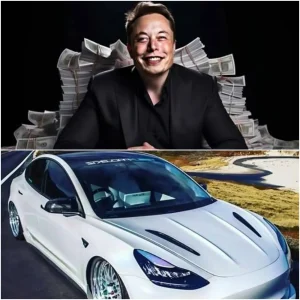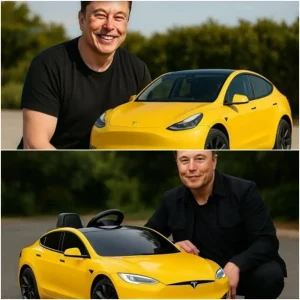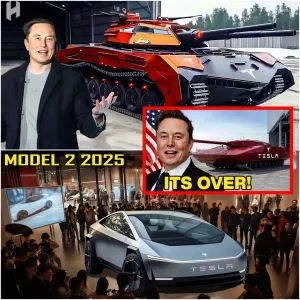In a world where wealth is often synonymous with extravagance, Elon Musk stands out as a perplexing anomaly. With a net worth soaring past $333 billion, the tech mogul and visionary behind Tesla, SpaceX, and Neuralink has cemented his status as the richest man on the planet. Yet, despite his astronomical fortune, Musk has chosen to live in a modest $50,000 Tesla-designed home—a decision that has left fans, critics, and onlookers alike utterly baffled. How does the man who could buy entire islands or build skyscrapers from scratch opt for a minimalist lifestyle that defies every expectation of billionaire living?
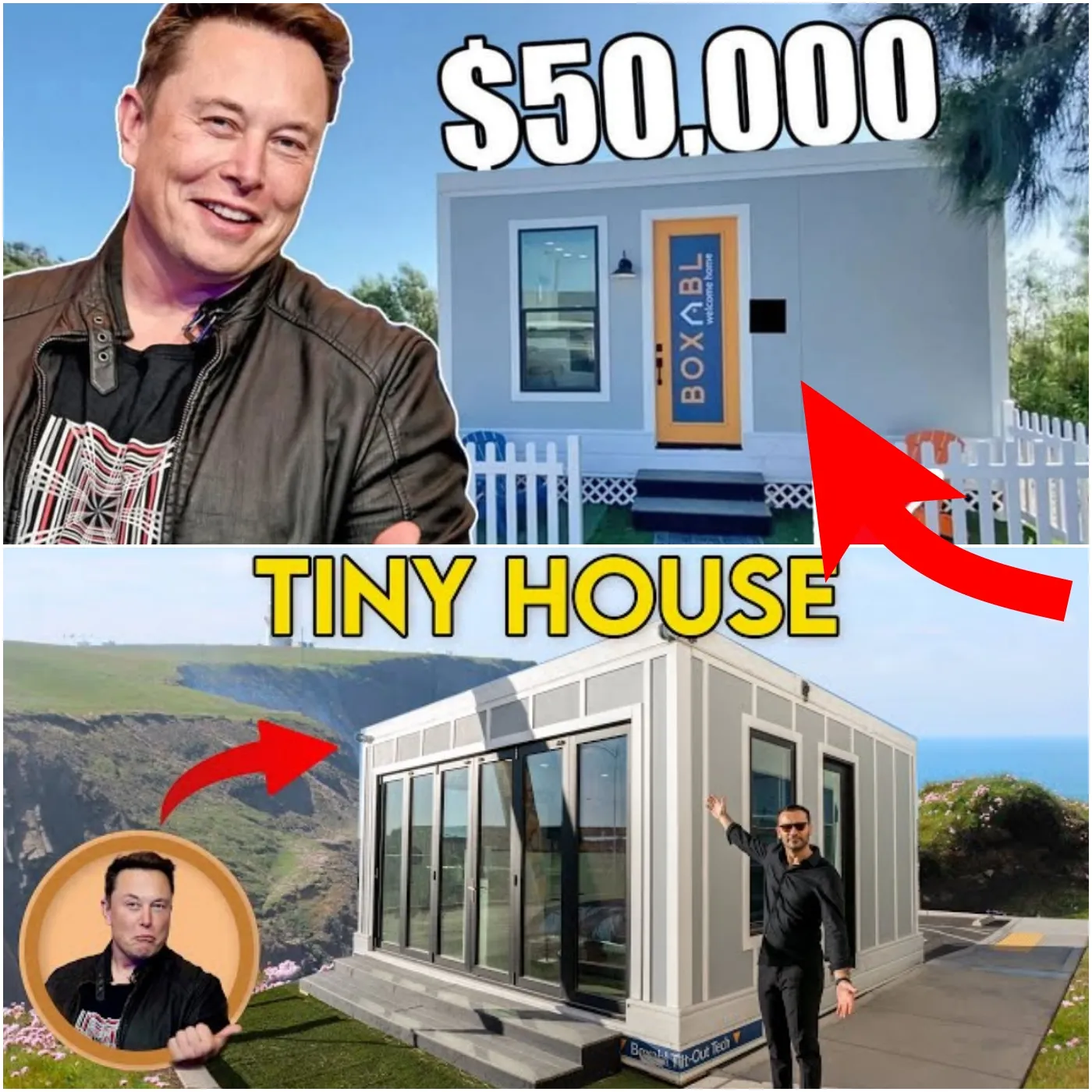
Musk’s tiny home, located near SpaceX’s facilities in Boca Chica, Texas, is a far cry from the sprawling mansions typically associated with the ultra-wealthy. The residence, reportedly a prefabricated unit from Boxabl—a company specializing in compact, affordable housing—spans just 375 square feet. That’s smaller than many people’s garages. Equipped with a simple kitchenette, a bathroom, and a living space that doubles as a bedroom, this Tesla-inspired abode is a testament to efficiency and functionality rather than luxury. It’s a stark contrast to the lavish estates Musk once owned, including a $100 million portfolio of properties in California that he sold off in recent years.
The decision to downsize came after Musk publicly declared in 2020 that he would “own no house.” True to his word, he shed his real estate holdings and embraced a lifestyle that aligns more with his futuristic ethos than with traditional displays of wealth. “I want to be able to focus on my work,” Musk has said, emphasizing that material possessions can be a distraction from his mission to revolutionize transportation, colonize Mars, and advance human technology. Living near SpaceX’s Starbase allows him to stay close to the action, sleeping just steps away from the rockets that embody his dreams of interplanetary travel.
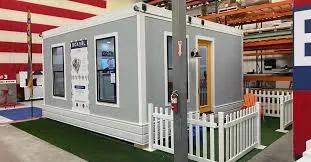
But why a $50,000 home when he could afford anything? For Musk, it seems to be a blend of practicality and philosophy. The Boxabl home reflects Tesla’s ethos of innovation and sustainability—values that have propelled the company to a trillion-dollar valuation. It’s portable, energy-efficient, and requires minimal upkeep, mirroring the sleek simplicity of a Tesla vehicle. Some speculate it’s also a statement: a rejection of societal norms that equate wealth with excess. Musk, after all, is no stranger to defying convention—whether it’s launching cars into space or tweeting cryptic memes that move markets.
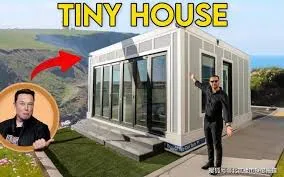
The irony isn’t lost on anyone. With $333 billion at his disposal, Musk could live in a palace adorned with gold or a sci-fi fortress straight out of his imagination. Instead, he sleeps in a space smaller than some people’s walk-in closets. Reports suggest he doesn’t even own the home outright—it’s rented or borrowed from SpaceX, adding another layer of humility (or eccentricity) to the tale. Meanwhile, his wealth continues to grow, fueled by Tesla’s skyrocketing stock and SpaceX’s multibillion-dollar contracts.
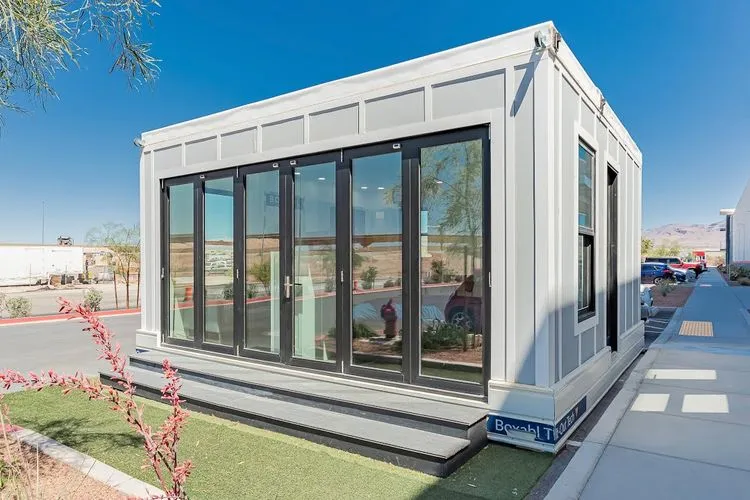
For the public, it’s a mind-boggling paradox. Social media reactions range from awe to skepticism: “Elon Musk living in a $50K home while I’m broke in a $1,500 apartment—life isn’t fair,” one user quipped. Others see it as inspiration, proof that purpose can outweigh possessions. Critics, however, question if it’s all a publicity stunt—an attempt to craft an image of relatability from a man who’s anything but ordinary.
Whatever the truth, Musk’s choice underscores his enigmatic persona. The richest man in the world, nestled in a tiny Tesla home, isn’t just a headline—it’s a riddle wrapped in a revolution. And as he continues to push humanity forward, one thing is clear: Elon Musk plays by his own rules, $333 billion or not.
